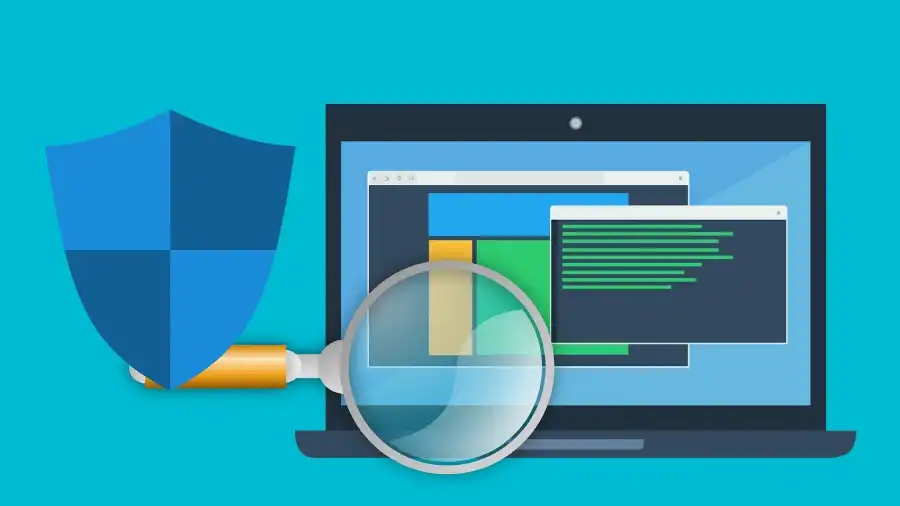Cyber attacks are an ongoing threat to infrastructure security, carrying the risk of disrupting operations, getting in the way of customer service and causing damage to a company’s reputation.
It is one thing to respond effectively to a security breach, when you have no choice to give it your full attention. However, businesses aren’t always as good at taking the proactive steps needed to put the security controls in place and strengthen their defenses.
Hackers have an ever-growing arsenal of tools at their disposal to attack businesses, and the increasing interconnectedness of our remote world has given them more opportunities and access points. It’s not unthinkable that a hacker could have unauthorized access to your internal network devices as you read this, freely copying files and planting traps that could cause downtime.
| What Is Infrastructure Security?
Information security infrastructure refers to the physical, digital and process-based safeguards an organization employs to secure its IT systems. Security measures can include:
|
While it’s virtually impossible to fully guarantee that a business is safe from attack, implementing security measures to keep data and systems safe is a crucial part of IT strategies today.
What is security infrastructure supposed to do? Businesses need safeguards against hackers, real-time defenses and robust action plans to deal with threats. A solid plan will reduce the risk of breaches and minimize the impact if it does happen.
10 Things That Will Help You Upgrade Infrastructure Security
With that in mind, let’s take a look at the ten best ways to bolster your IT security infrastructure:
1. Create a Detailed View of Your Security and Infrastructure
In order to have robust security, you need to know the full breakdown of your IT environment, including a comprehensive inventory of critical infrastructure sectors. Without a complete map of your infrastructure, it’s impossible to be sure that your internal network is safe because you won’t be able to definitively say you have covered all the potential weaknesses and entry points.
2. Make Full Use of The Technology You Already Have
New security tools are being released all the time and it’s natural to think that you need to regularly introduce new tools to deal with new threats. The truth is that the right security solutions have some staying power and there are likely untapped functionalities in what you already have that can be used to toughen up your security controls. Figure out what you have and ensure you are getting the most out of it.
Is Your Security Infrastructure Up to Scratch?Discover gaps in your IT security and learn how you can address them. |
3. Determine Your Risk Tolerance
Any business person knows that with opportunity comes risk, and it’s no different in IT. You must determine what level of risk you are willing to tolerate in order to ensure your business is connected and publicly accessible in a way that keeps employees productive and customers happy. Find a risk-reward sweet spot and use it as a baseline when making security decisions.
4. Conduct Root Cause Analysis of Your Security Infrastructure
Although breaches are painful, you should use them as opportunities to understand what went wrong and make sure it doesn’t happen again. Root cause analysis is the best way to go about this, allowing you to pinpoint how the attacker got in and plug the hole in your IT security infrastructure.
5. Identify and Fix Vulnerabilities in Infrastructure and Security
Vulnerability assessments are an important part of the security strategy because they can help you to weed out easily-fixed weaknesses that cause data breaches. Businesses can be lax about updating software and applying security patches, and regular vulnerability scans are a good way to keep things up to date and network communications as secure as possible.
6. Add Real-Time Automated Data Protection
Real-time automation tools are an excellent way to find issues and fix them on the fly with little to no manual work needed. Rapid advances are being made in machine learning and modern security tools are becoming better at identifying risks and preventing attacks.
7. Introduce a Security Awareness Program
You can have all the security protections in the world and still fall prey to a rogue or under-trained employee. You need to make sure your staff are savvy to things like phishing scams and malware. Consider establishing a security awareness pr ogram for employees so they know what to look out for and how to respond.
8. Create an Incident Response Plan
One of the best ways to minimize damage and downtime if an attack does occur is having a robust incident response plan in place. The plan should walk through each step of the response, detailing accountability and actions for different security threats including data breaches and DDoS attacks.
9. Make Security a Part of Everything
It sounds trite, but IT security should be a top concern in everything the business does. Companies that reach a certain size should have a dedicated security expert who can lead the organization’s risk management approach and make security an aspect of the overall strategy.
10. Monitor Third-Party Providers
Sometimes you need to grant third parties access to your data, but it’s important to remember security when dealing with even your most trusted partners. Assess them to ensure they have solid security practices of their own and stay vigilant when sharing information, and when accessing your hardware and software.
Take the First Step to Bolster IT Infrastructure Security
Fusion Computing is one of Toronto’s leading managed service providers and we are experts in helping businesses bolster their IT, cloud and network infrastructure security. Contact us today to arrange an initial assessment of your IT and learn how we can help protect your infrastructure.



